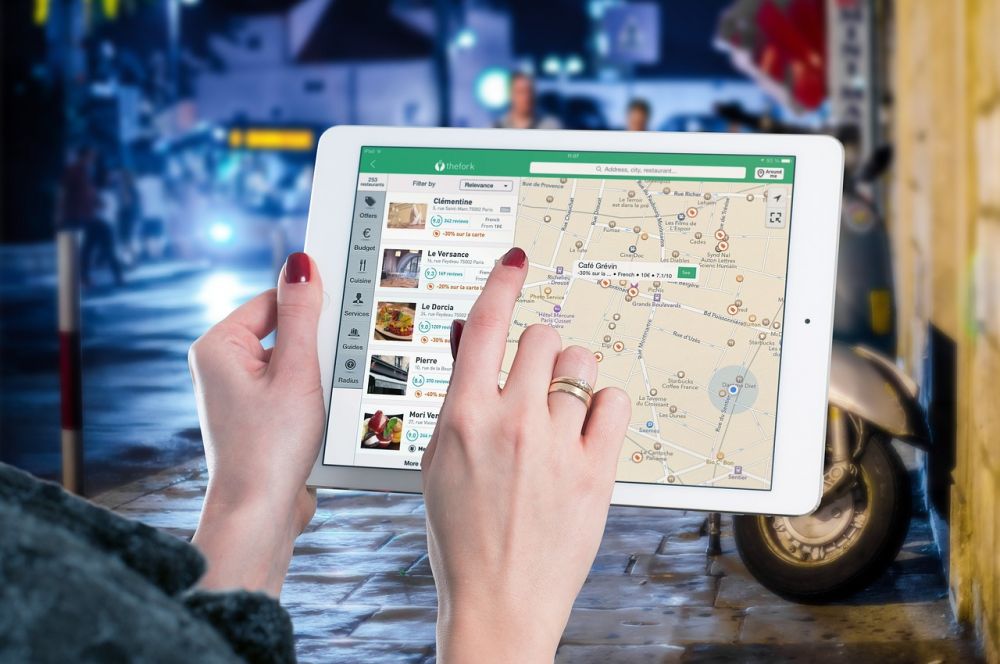iPhone Apps: A Comprehensive Guide to the World of Mobile Applications

Introduction
With the rapid advancement of technology, mobile applications have become an integral part of our daily lives. In this article, we will provide you with a thorough overview of iPhone apps and delve into their various types, popularity, quantitative measurements, differences, historical evolution, as well as advantages and disadvantages.
1. An Overview of iPhone Apps

iPhone apps, also known as iOS apps, are software applications specifically designed to run on Apple’s iPhone devices. They enhance the functionality, entertainment, and productivity of the iPhones by offering a wide range of features and services. These apps can be downloaded from the App Store, Apple’s official platform for distributing applications.
2. Comprehensive Presentation of iPhone Apps
2.1 Types of iPhone Apps
There are various categories of iPhone apps, catering to different needs and preferences. Some common types include:
– Utility Apps: These apps offer practical functionalities, such as weather forecast, file management, and language translation.
– Social Networking Apps: Facebook, Instagram, and Twitter are popular social networking apps that allow users to connect and engage with friends and followers.
– Entertainment Apps: Music streaming, video streaming, gaming, and digital media apps fall under this category, providing users with entertainment on the go.
– Productivity Apps: These apps assist users in organizing their tasks, managing calendars, taking notes, and handling work-related activities.
– Health and Fitness Apps: Fitness tracking, calorie counting, and meditation apps are examples of health and fitness apps that promote overall well-being.
2.2 Popular iPhone Apps
The popularity of iPhone apps often fluctuates based on user trends and emerging technologies. As of [DATE], some of the popular iPhone apps include:
– TikTok: A video-sharing platform that gained immense popularity for its short-video format and creative editing tools.
– Instagram: An app for sharing photos and videos, with features like Stories and IGTV.
– Spotify: A music streaming service that offers access to a vast library of songs and personalized playlists.
– WhatsApp: A messaging app that allows users to send texts, make calls, and share media files.
– Zoom: A video conferencing app that gained widespread usage during the COVID-19 pandemic.
3. Quantitative Measurements of iPhone Apps
Quantitative measurements play a vital role in understanding the impact and usage of iPhone apps. Some key metrics include:
– Number of Downloads: The total number of times an app has been downloaded from the App Store.
– App Revenue: The amount of money generated through app purchases, in-app purchases, and advertisements.
– User Ratings and Reviews: Feedback provided by users, reflecting their satisfaction and overall experience with the app.
– Active User Base: The number of users actively using the app, indicating its popularity and retention rate.
4. Differences Among iPhone Apps
iPhone apps vary in terms of functionalities, user interfaces, and targeted audiences. Key factors that distinguish them from one another include:
– Design and User Experience: Some apps prioritize simplicity and intuitive navigation, while others focus on innovative designs and immersive experiences.
– Features and Integration: Apps may differ in the range of features they offer and their ability to integrate seamlessly with other apps or services.
– Pricing Models: Apps can be free, freemium (combination of free and paid features), or require a one-time purchase.
– Compatibility: Certain apps are specifically designed for specific iPhone models or iOS versions.
5. Historical Review of Pros and Cons of iPhone Apps
The evolution of iPhone apps has brought about several advantages and disadvantages:
5.1 Advantages of iPhone Apps
– Convenience: iPhone apps provide on-the-go access to various services and allow users to complete tasks efficiently.
– Enhanced Productivity: Productivity apps assist in managing daily tasks, schedules, and deadlines.
– Entertainment and Engagement: Gaming, social networking, and multimedia apps offer a wide range of entertainment options.
– Accessibility: Many apps cater to users with disabilities by providing functionalities such as voice commands and screen reader compatibility.
5.2 Disadvantages of iPhone Apps
– Privacy Concerns: Some apps may collect and share user data without explicit consent, raising concerns about privacy.
– Addiction and Distraction: Excessive usage of certain apps can lead to addiction and distract users from real-life activities.
– Storage Limitations: A plethora of apps can consume significant storage space on iPhones, affecting performance and storage options.
– Cost: While many apps are free, some premium apps or in-app purchases can add up to substantial costs over time.
Conclusion
iPhone apps have transformed the way we interact, entertain, and manage our lives. With a diverse range of categories, popular apps, and quantitative measurements, these applications have become an indispensable part of the iPhone experience. Although they offer numerous advantages, it is essential to strike a balance between their usage and potential drawbacks. Stay informed, explore new apps, and enjoy the dynamic world of iPhone apps.
References:
– Insert relevant references/sources here.
















































